Flow-Induced Oscillation In Rectangular Cavity CFD Simulation, ANSYS Fluent Training
Flow-Induced Oscillation In Rectangular Cavity CFD Simulation, ANSYS Fluent Training
- Upon ordering this product, you will be provided with a geometry file, a mesh file, and an in-depth Training Video that offers a step-by-step training on the simulation process.
- For any more inquiries regarding the product, please do not hesitate to reach out to us at info@CFDLAND.com or through our online support assistant.
€120 Original price was: €120.€90Current price is: €90.
Flow-induced oscillation in rectangular cavities is a captivating phenomenon in fluid dynamics with implications for many engineering applications. The oscillations can cause increased drag, noise, and structural vibrations, making their study crucial for fields like aerospace engineering. Understanding and controlling these oscillations is essential for optimizing designs across different applications. Hopefully, a thorough study was conducted on the same topic in a paper entitled “ Numerical Identification of Flow-Induced Oscillation Modes in Rectangular Cavities using URANS”, which is our reference paper in this exploration.
- Reference [1]: Mesbah, M., and S. Majidi. “Numerical identification of flow-induced oscillation modes in rectangular cavities using urans.” Journal of Applied Fluid Mechanics2 (2020): 703-713.
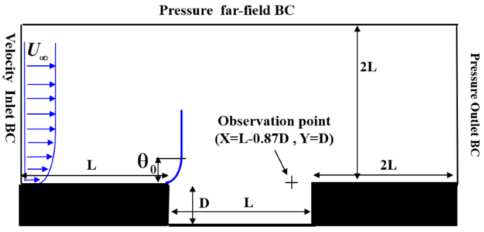
Figure 1: Reference Paper`s designed computation domain
Simulation Process
The set of governing equations is numerically solved in the computational domain shown in Fig. 1. The cavity has a length to depth ratio (L/D) of 4, and simulations are performed. It is then converted into cells using ANSYS Meshing, regarding a denser grid near the walls. Overall, 290500 cells establish the structured grid. As mentioned above, the application in the aerospace industry leads to assuming high Mach number flow. Further, the Transition SST 4 equation turbulence model is utilized.
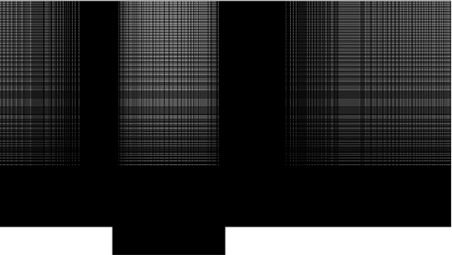
Figure 2: the produced Structured grid with denser cells near the critical regions
Post-processing
The velocity patterns in our rectangular cavity show something really amazing about how fluid flow creates spinning motions! When fast-moving air passes over the top of the open cavity, it creates a special zone where the air spins in circles inside. Our simulation captured extremely high speeds of 105.4 meters per second in the main flow region above the cavity. Also, we can see a clear spinning pattern (called a vortex) forming inside the cavity where the fast top flow drags the slower cavity air along. Furthermore, this spinning motion isn’t standing still – it moves and changes strength over time! This movement creates the oscillations that make noise and vibrations in real-world applications like car windows and airplane wheel wells. Most importantly, this perfect capture of the shear layer at the cavity opening shows exactly where flow instability begins and why it creates such strong self-sustained oscillations.
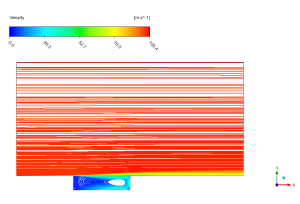
Figure 3: Velocity distribution in and around the rectangular cavity
The temperature patterns tell us even more about what happens in the rectangular cavity! The air moving past the top of the cavity creates a mixing zone that changes heat patterns in interesting ways. Our analysis shows temperature variations from 280K to 343K (that’s a difference of 63 degrees!) with the highest temperatures appearing at the leading edge of the cavity. Additionally, we can see how the spinning vortex inside the cavity pulls warmer air from the main flow down into the cavity along the back wall. Most importantly, this temperature pattern matches perfectly with the velocity field and confirms that our simulation correctly captures how heat transfer happens in these oscillating flows. The temperature gradient at the cavity opening creates density changes that affect pressure fluctuations and can trigger acoustic resonance – the main cause of unwanted noise in many engineering applications! This clear connection between flow patterns and temperature helps engineers design quieter and more efficient vehicles, buildings, and industrial equipment.
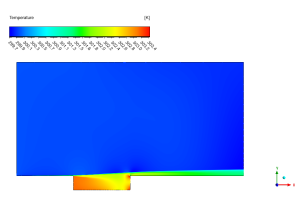
Figure 4: Temperature distribution
We pride ourselves on presenting unique products at CFDLAND. We stand out for our scientific rigor and validity. Our products are not based on guesswork or theoretical assumptions like many others. Instead, most of our products are validated using experimental or numerical data from valued scientific journals. Even if direct validation isn’t possible, we build our models and assumptions on the latest research, typically using reference articles to approximate reality.
Yes, we’ll be here . If you have trouble loading files, having technical problems, or have any questions about how to use our products, our technical support team is here to help.
You can load geometry and mesh files, as well as case and data files, using any version of ANSYS Fluent.
€195 Original price was: €195.€145Current price is: €145.

€280 Original price was: €280.€145Current price is: €145.

€265 Original price was: €265.€135Current price is: €135.

€220 Original price was: €220.€155Current price is: €155.

€180 Original price was: €180.€99Current price is: €99.

€190 Original price was: €190.€155Current price is: €155.


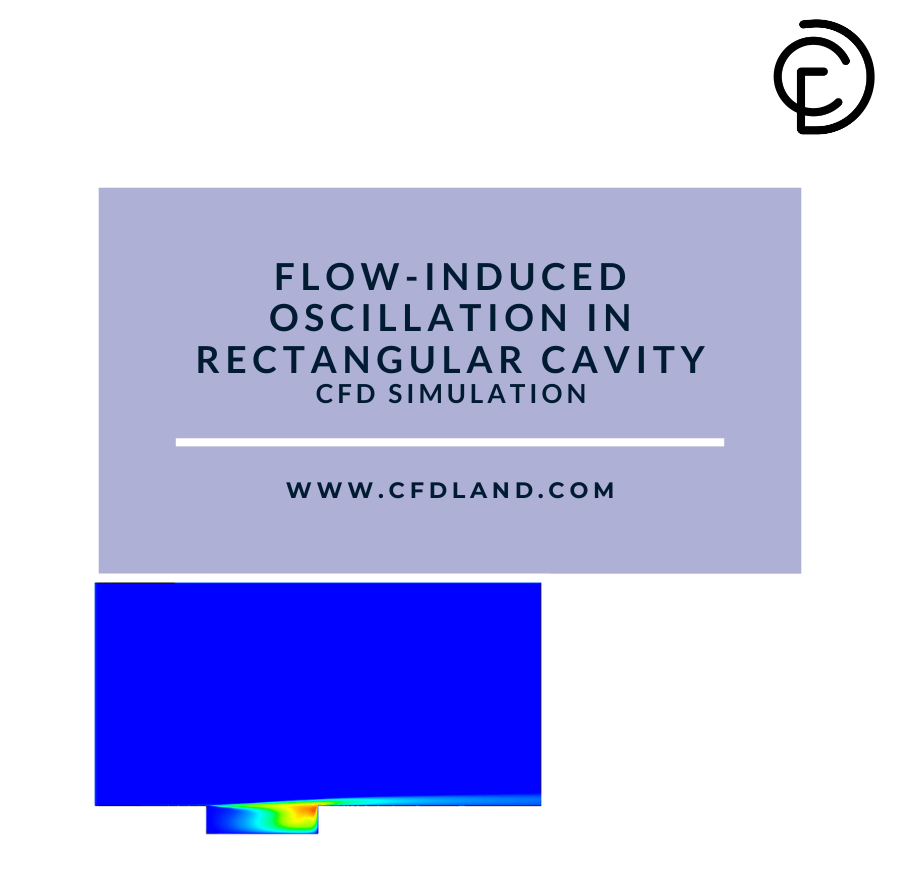
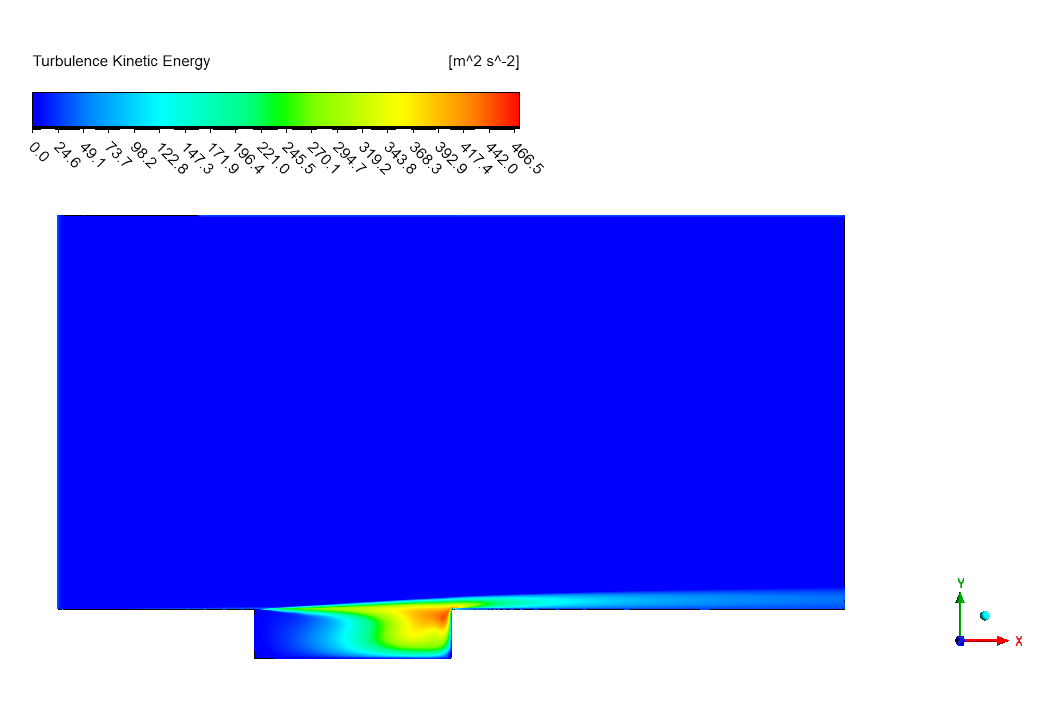
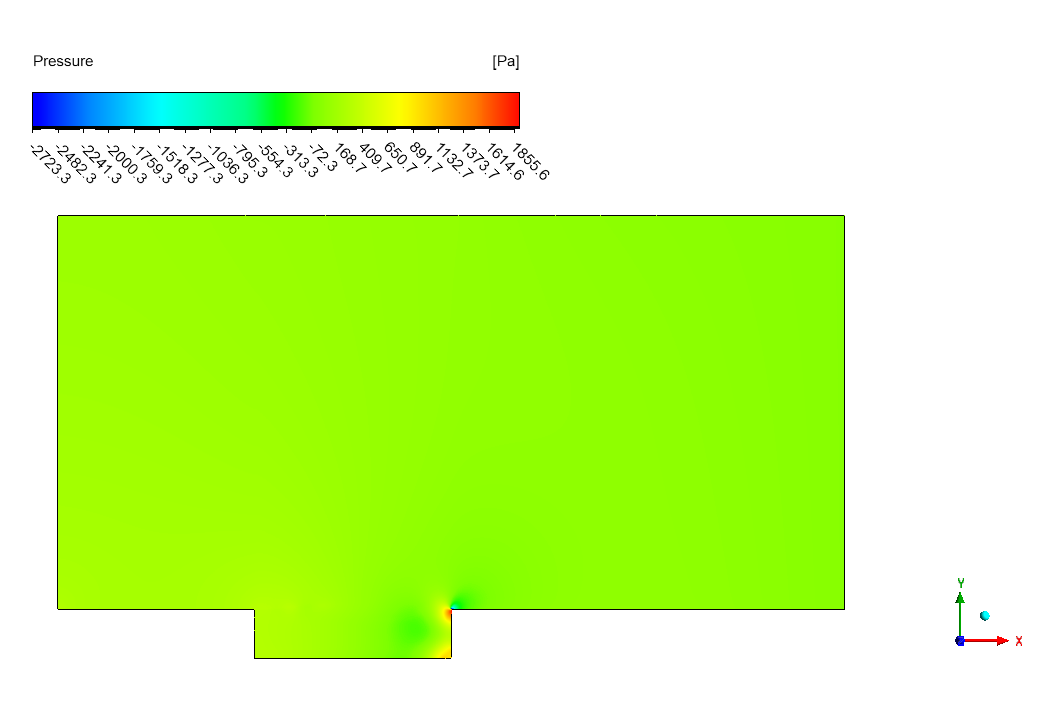
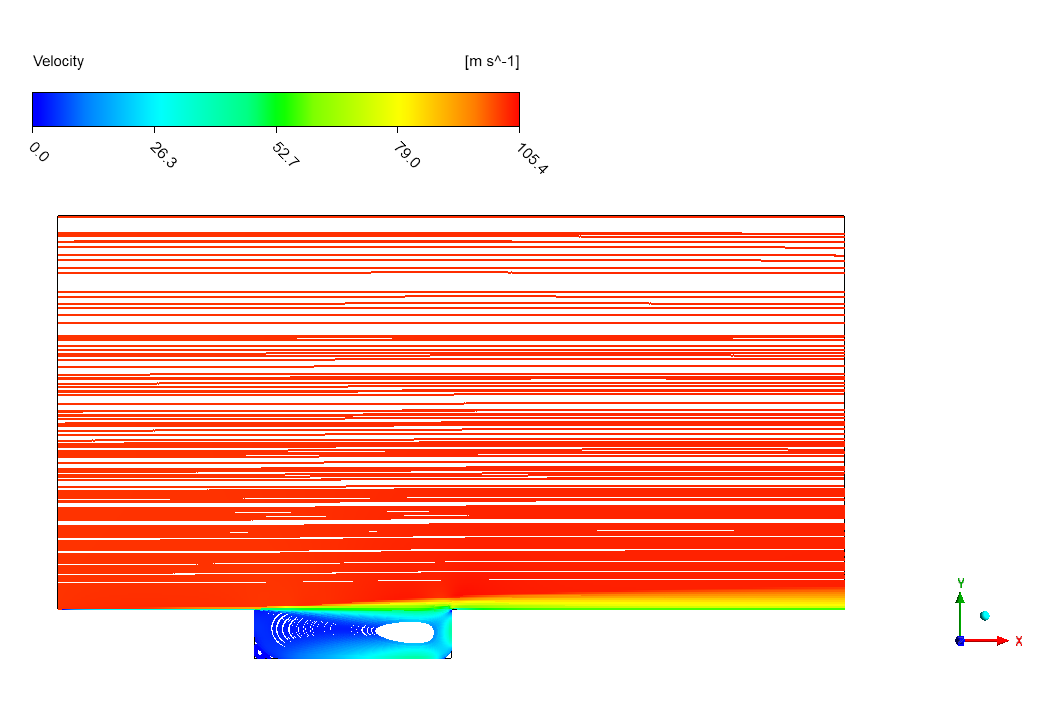

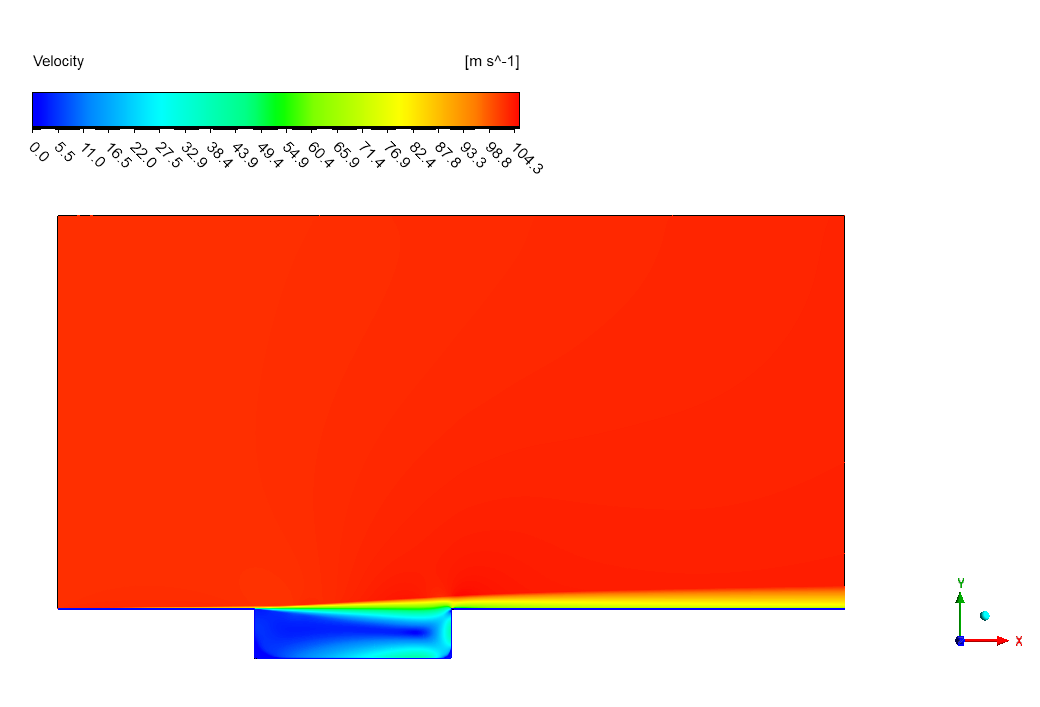







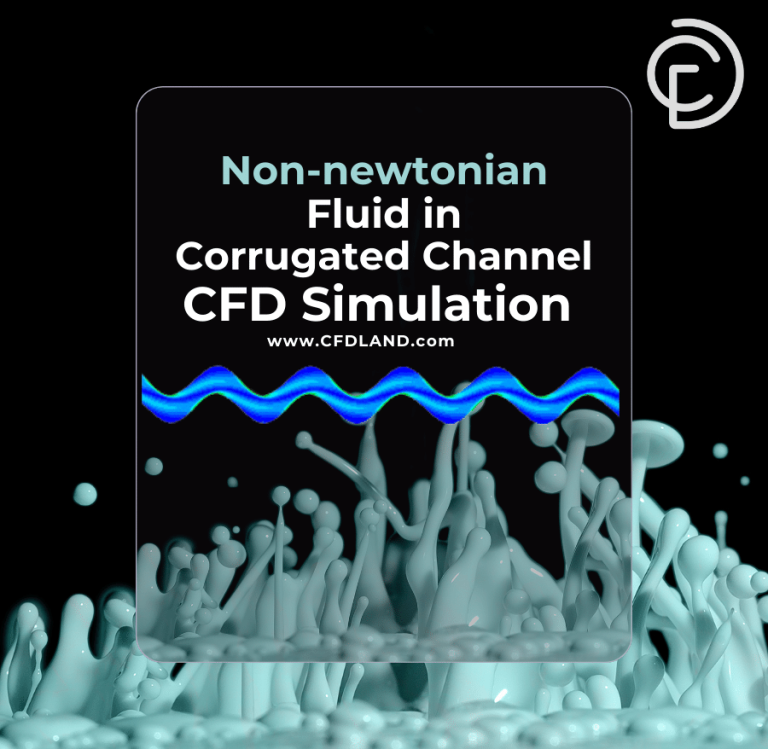
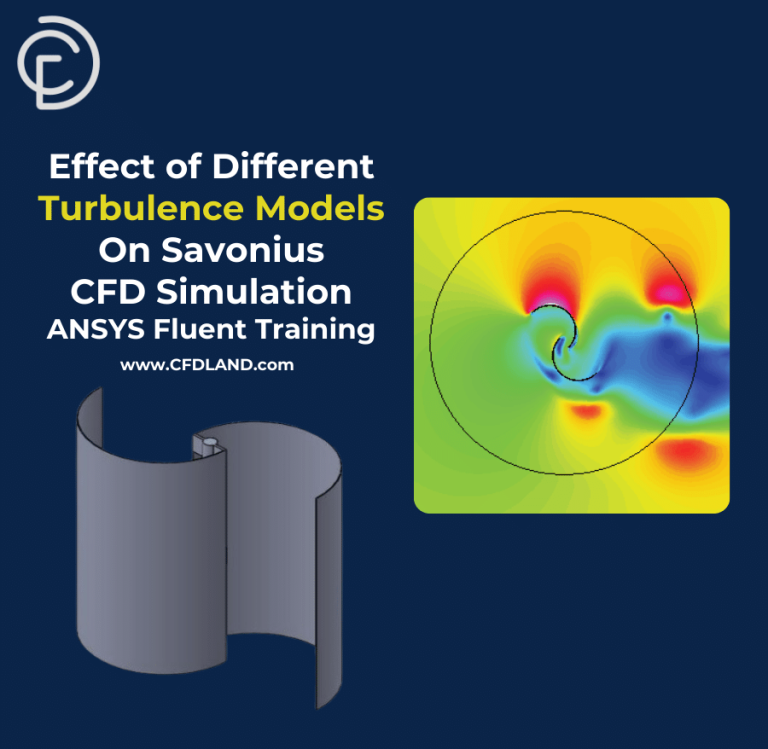
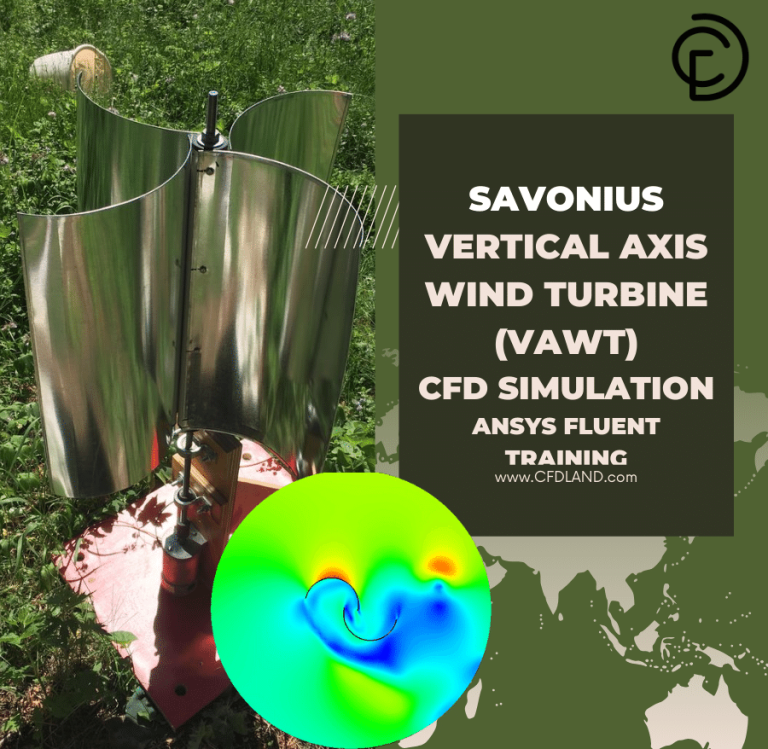

Reviews
There are no reviews yet.